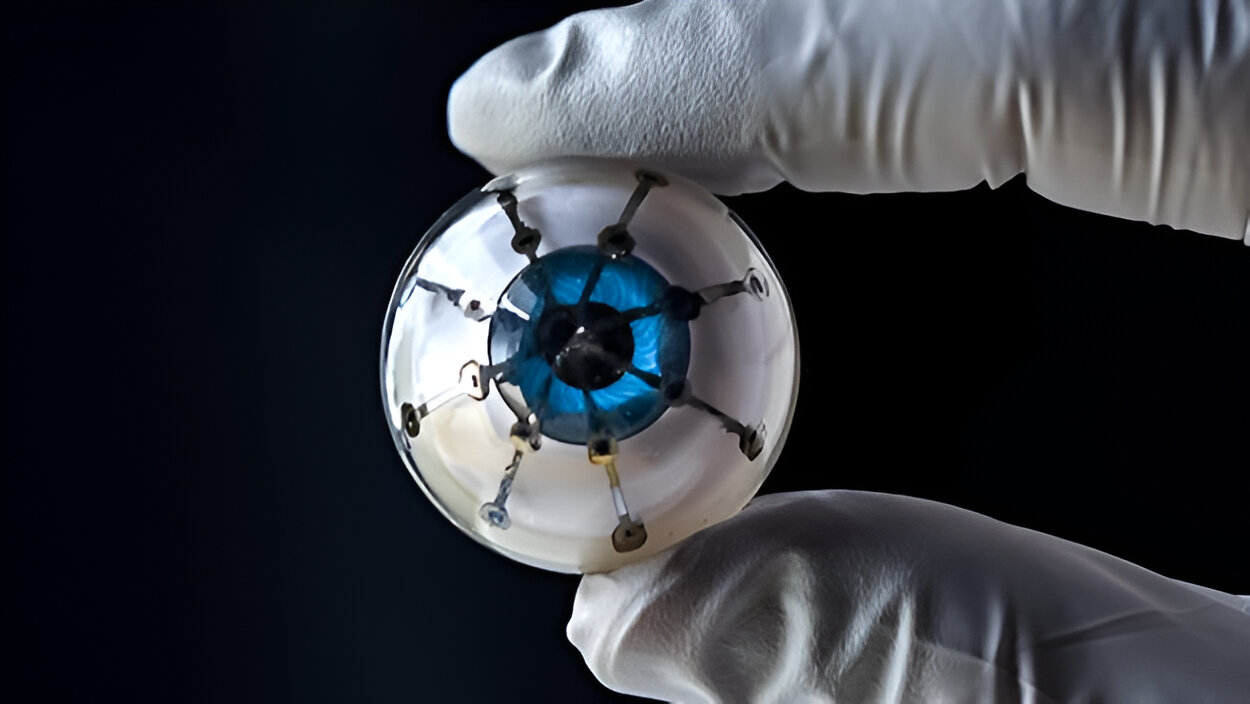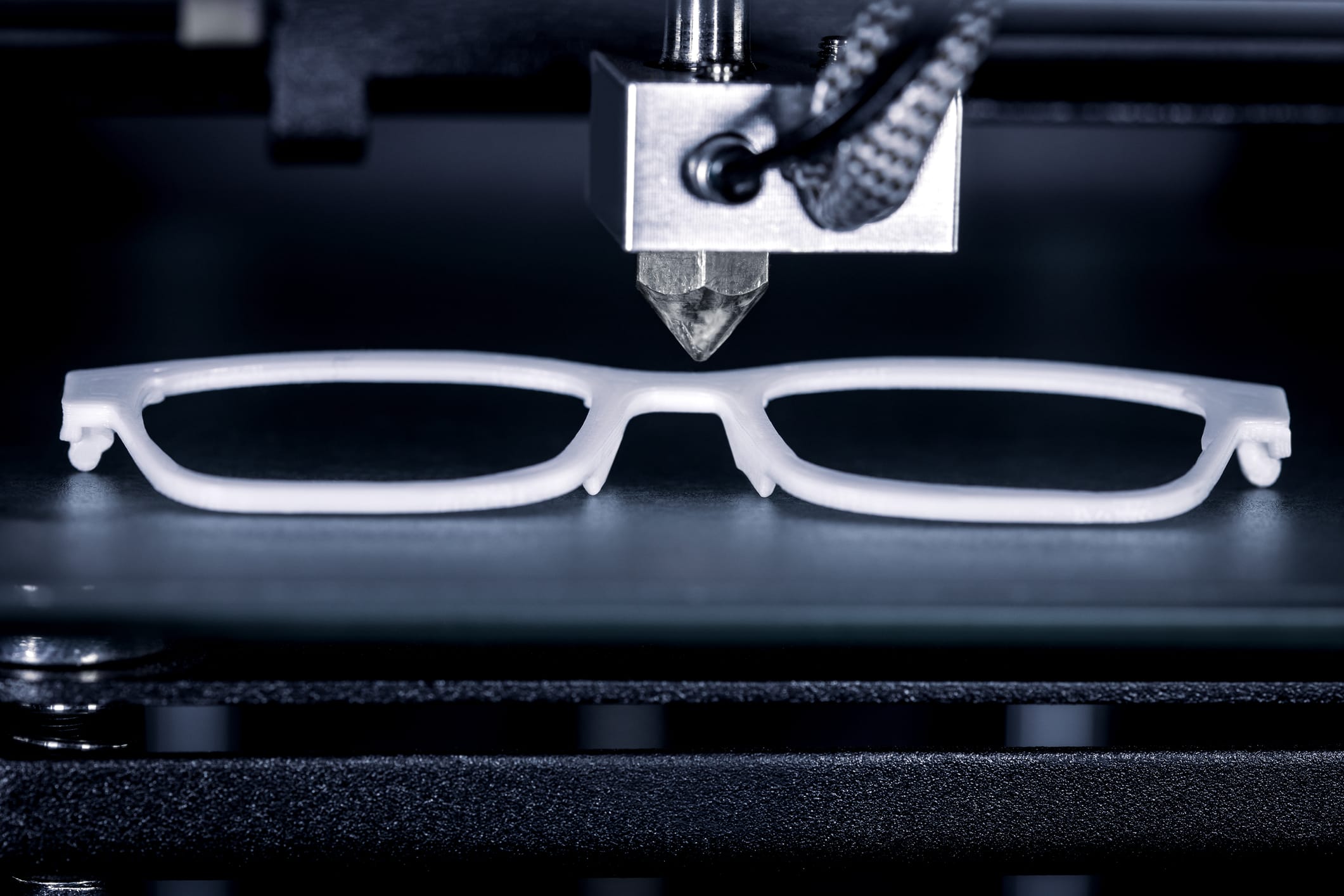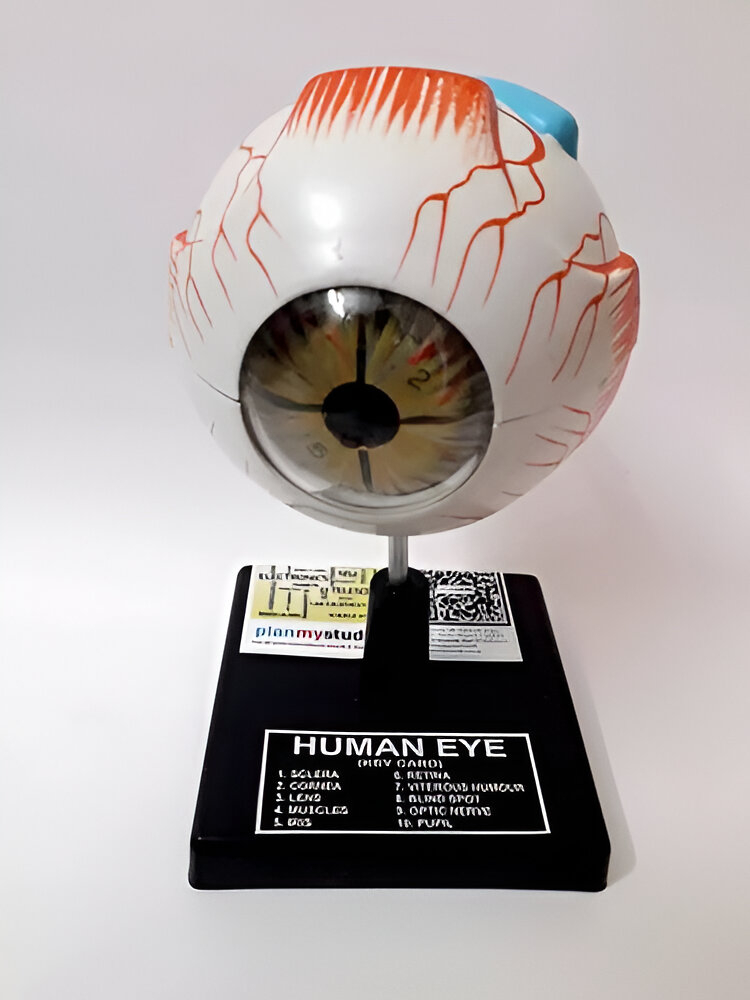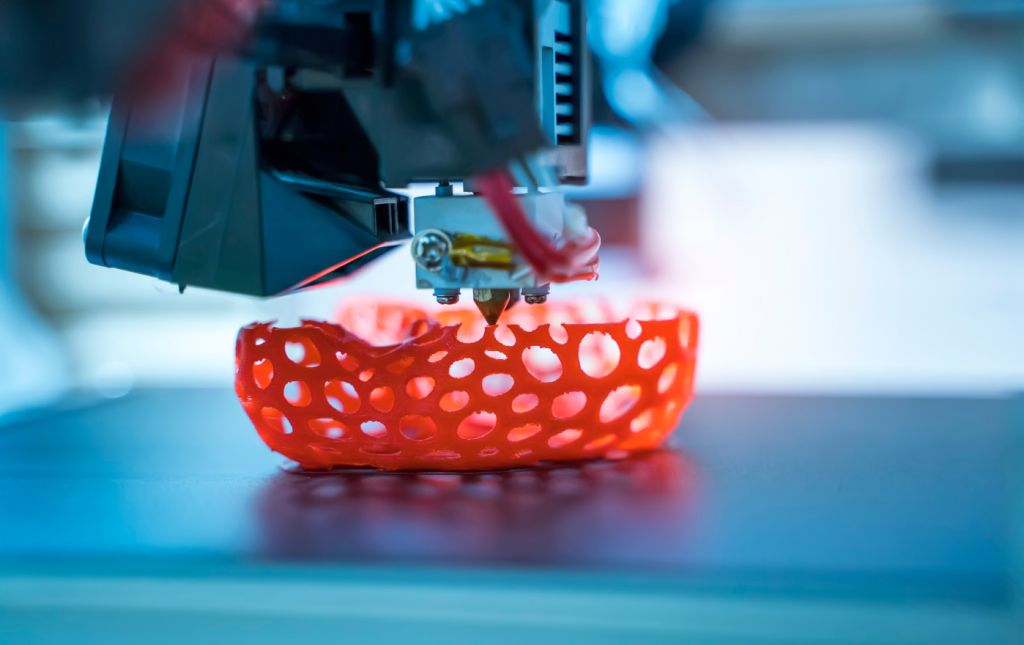
From custom prosthetics to bioprinted tissues, 3D printing is transforming medicine. But did you know it’s also making waves in optometry?
Whether it’s personalized eyewear, rapid prototyping of optical instruments, or even printing eye models for teaching and surgery, 3D printing is redefining what’s possible in eye care.
Let’s explore how this technology is revolutionizing optometry—one layer at a time.
What Is 3D Printing?
Also known as additive manufacturing, 3D printing involves creating three-dimensional objects layer by layer using digital designs. Materials commonly used include plastics, resins, metals, and even bio-inks.
In eye care, this technology is being used to enhance efficiency, customization, and education—making optometric practice more precise and patient-centric.
Applications of 3D Printing in Optometry
 1. Custom Eyewear Frames
1. Custom Eyewear Frames
Imagine designing glasses that fit perfectly to a patient’s facial contours and style preferences.
-
3D-printed frames allow for unmatched customization in shape, color, material, and ergonomics.
-
Great for patients with facial asymmetry, allergies to metals, or unique style needs.
-
Brands like Yuniku, Netlooks, and Monoqool are already leveraging this technology.
Bonus: It reduces inventory costs and allows on-demand manufacturing.
2. Low-Cost Optical Tools and Devices
Optometry students, clinics in rural areas, and startups benefit from printing basic tools such as:
-
Trial frames
-
Pinhole occluders
-
Retinoscopy racks
-
Lens mounts for education and simulation
This brings affordability and accessibility, especially in regions with limited resources.
3. Educational Eye Models
3D-printed anatomical models of the cornea, retina, optic nerve, and ocular pathologies help educators demonstrate complex concepts in a tactile, visual way.
-
Perfect for teaching students and counseling patients.
-
Some models show disease progression (like glaucoma or keratoconus), enhancing understanding.
Pro tip: Combine with AR/VR for immersive learning!
4. Contact Lens Research and Prototyping
Though still experimental, researchers are exploring 3D-printed contact lenses with embedded sensors for:
-
Continuous intraocular pressure monitoring
-
Smart vision correction
-
Drug delivery systems
This could someday revolutionize the way we manage conditions like glaucoma, myopia, or dry eye.
5. Assistive Devices for the Visually Impaired
3D printing enables quick and cost-effective development of:
-
Magnifier holders
-
Braille-labeled eye drop guides
-
Customized tactile maps or tools for low vision patients
This empowers accessibility and inclusion in eye care.
Research and Future Possibilities
 The most exciting frontiers lie in bioprinting—using living cells to print tissue-like structures. Scientists are working on printing:
The most exciting frontiers lie in bioprinting—using living cells to print tissue-like structures. Scientists are working on printing:
-
Corneal grafts for transplantation
-
Retinal tissue for degenerative diseases
-
Drug-testing models to reduce animal testing
While this is still in early stages, it holds immense potential for personalized ocular therapies and regenerative medicine.
Challenges and Considerations
Like any emerging technology, 3D printing in optometry has its hurdles:
-
Material limitations: Biocompatibility, durability, and safety standards need more research.
-
Regulatory concerns: Custom medical devices must comply with health regulations.
-
Initial investment: While costs are coming down, high-end printers and training still require funding.
-
Ethical and legal implications: Especially when it comes to medical devices or replicating branded frames.
The Future Is Layered
3D printing is no longer a futuristic concept—it’s already reshaping the landscape of optometric care. From patient education and affordable tools to smart lenses and personalized eyewear, this technology brings creativity, accessibility, and precision to the eye care world.
Optometrists, students, and eye care innovators have a unique opportunity to harness this tech for better outcomes, smarter practice, and more engaging education.
Takeaway:
-
Explore open-source 3D models for optometry tools and teaching aids.
-
Collaborate with engineers and 3D designers to create solutions tailored to your clinic.
-
Educate patients with visual, tangible models that improve trust and understanding.
Because in the future of optometry, it’s not just about seeing clearly—it’s about seeing creatively.


